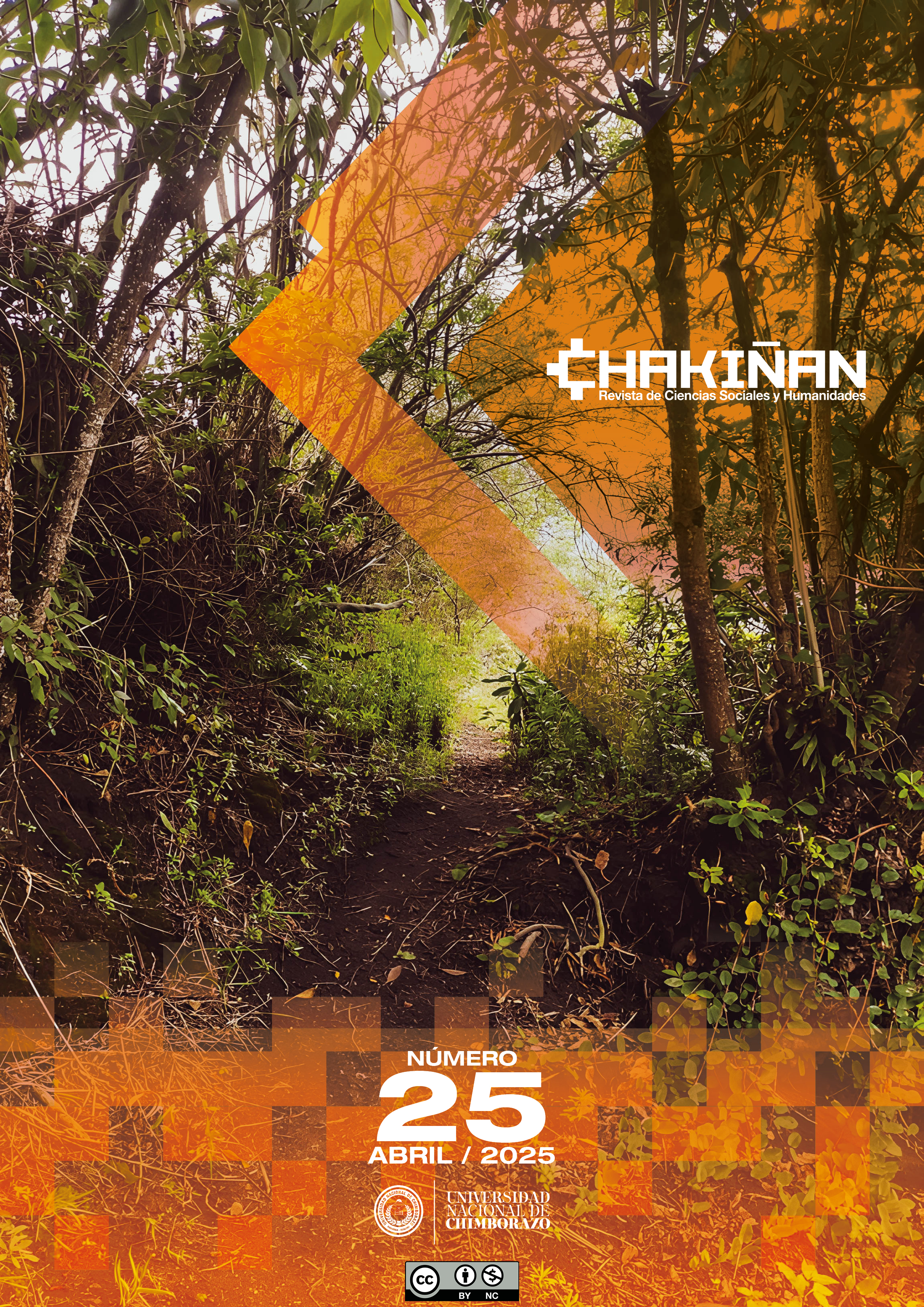THE DIDACTIC KEMISTRY GUIDE BASED ON THE KAIZEN METHOD AND AGILE LEARNING METHODOLOGY
Main Article Content
Abstract
For the learning of chemical reactions, new methodologies should be implemented to encourage students to analyze, reflect and apply scientific knowledge to solve problems. The objective of this research was to implement The Didactic Kemistry guide, an educational proposal based on the Kaizen method and the Agile Learning methodology, to improve the learning of chemical reactions in students. This research had a quantitative approach that responds to the positivist paradigm and a quasi-experimental design. The population consisted of 29 students of the academic period 2024-1S of the subject of Inorganic Chemistry, considered the experimental group, and 31 students of the period 2023-2S, considered the control group, both from the Pedagogy of Experimental Sciences, Chemistry and Biology of the National University of Chimborazo. The results show that the combination of Kaizen method and the Agile Learning methodology facilitates the learning of chemical reactions in a dynamic way and evidences its effectiveness in improving the academic performance of the experimental group.
Downloads
Article Details
Conference Proceedings Volume
Section

This work is licensed under a Creative Commons Attribution-NonCommercial 4.0 International License.
Responsibility of the authors:
The authors are responsible for the ideas and data collected in the manuscripts. They are additionally accountable for the fidelity of the information, the correction of the citations, the right to publish any material included in the text, and the presentation of the manuscript in the format required by the Journal (WORD template). A manuscript forwarded to CHAKIÑAN must not have been published before, nor must it have been submitted to another means of publication.
Copyright:
Published articles do not necessarily compromise the viewpoint of the CHAKIÑAN JOURNAL. The Journal is aligned to the policy of the licence de Creative Commons Reconocimiento-No comercial 4.0 Internacional (CC BY-NC 4.0). Each author retains the right to the paper published in the Chakiñan journal.
Privacy statement
The personal data and email addresses entered in this magazine will be used exclusively for the purposes stated by the publication and will not be available for any other purpose or person.
How to Cite
Share
References
Aldana, J., Vallejo, P., & Isea, J. (2020). Investigación y aprendizaje: Retos en Latinoamérica hacia el 2030. Alteridad, 16(1), 78-91. https://n9.cl/9pcah
Barrios, P. S., & Reales, M. J. (2021). Fortalecimiento de las competencias comunicativas y el aprendizaje autónomo en estudiantes, a través de una guía didáctica [Tesis de maestría, Universidad de la Costa]. Repositorio institucional. https://n9.cl/d23zc
Castillo, A., & Cabral, L. G. (2022). Modelo dinámico del aprendizaje activo. IE Revista de Investigación Educativa de la Rediech, (13), 1-15. https://n9.cl/r4x1d
Castillo, L. (2022). Using Genially Games for Enhancing EFL Reading and Writing Skills in Online Education. International Journal of Learning, Teaching and Educational Research, 21(1), 340-354. https://n9.cl/otmga
Hernández, R., Fernández, C., & Baptista, P. (2010). Metodología de la investigación (sexta edición). McGraw-Hill Education.
Jordá, T., Mas, V., & Agustí, A. (2022). La importancia de la creación de recursos digitales de calidad destinados a docentes. Una propuesta para su evaluación y mejora. Praxis Educativa (Arg), 27(1), 1-18. https://n9.cl/imfs0c
Muñoz-Artega, J., López-Torres, G. C., & Muñoz-Zavala, Á. E. (2023). Una metodología de aprendizaje ágil como apoyo a la educación inclusiva. Edutec. Revista Electrónica de Tecnología Educativa, (86), 116-136. https://n9.cl/fdfc0
Pérez, F. (2020). Estrategias metodológicas sustentadas en los métodos didácticos de David Ausubel y la teoría del aprendizaje observacional de Albert Bandura para mejorar el nivel de aprendizaje en la comprensión de textos en los estudiantes del 1° grado de nivel secundaria de la I.E.S.M. “Víctor Montero Kossuth” del Distrito de Jayanca-Región Lambayeque, Año 2017 [Tesis de maestría, Universidad Nacional Pedro Ruiz Gallo]. Repositorio institucional. https://n9.cl/7ovsh
Santana, R. (2024). Estrategia para mejorar el rendimiento académico en las ciencias de la naturaleza en estudiantes de segundo de secundaria. UCE Ciencia. Revista de Postgrado, 12(2), 1-9. https://n9.cl/lkcdu
Venegas, S. (2021). Propuesta basada en teoría Kaizen para fortalecer competencias pedagógicas en docentes de Historia y Geografía en Guayaquil, 2021 [Tesis de doctorado, Universidad César Vallejo]. Repositorio institucional. https://n9.cl/sofr2w
Venegas, S., Tapia, P., Mantilla, M., & Da Silva, P. (2022). Competencias pedagógicas desde la teoría kaizen. Ciencia Latina Revista, Científica Multidisciplinar, 6(1), 558-583. https://n9.cl/lg6u9
Vera, F. (2020). La importancia del proceso de enseñanza-aprendizaje y la evaluación diagnóstica. Cuadernos de Educación y Desarrollo, 12(8), 1-14. https://n9.cl/wo2cmk
Zambrano-López, S., Solís-Quintero, M. M., Zayas-Márquez, C., & Ávila-López, L. A. (2021). Kaizen Method Applied in Higher Education: Case Study of Autonomous University of Baja California. En S. Nazir, T. Z. Ahram, & W. Karwowski (ed.), Advances in human factors in training education, and learning sciences (pp. 122-130). Springer. https://n9.cl/5p38oa






